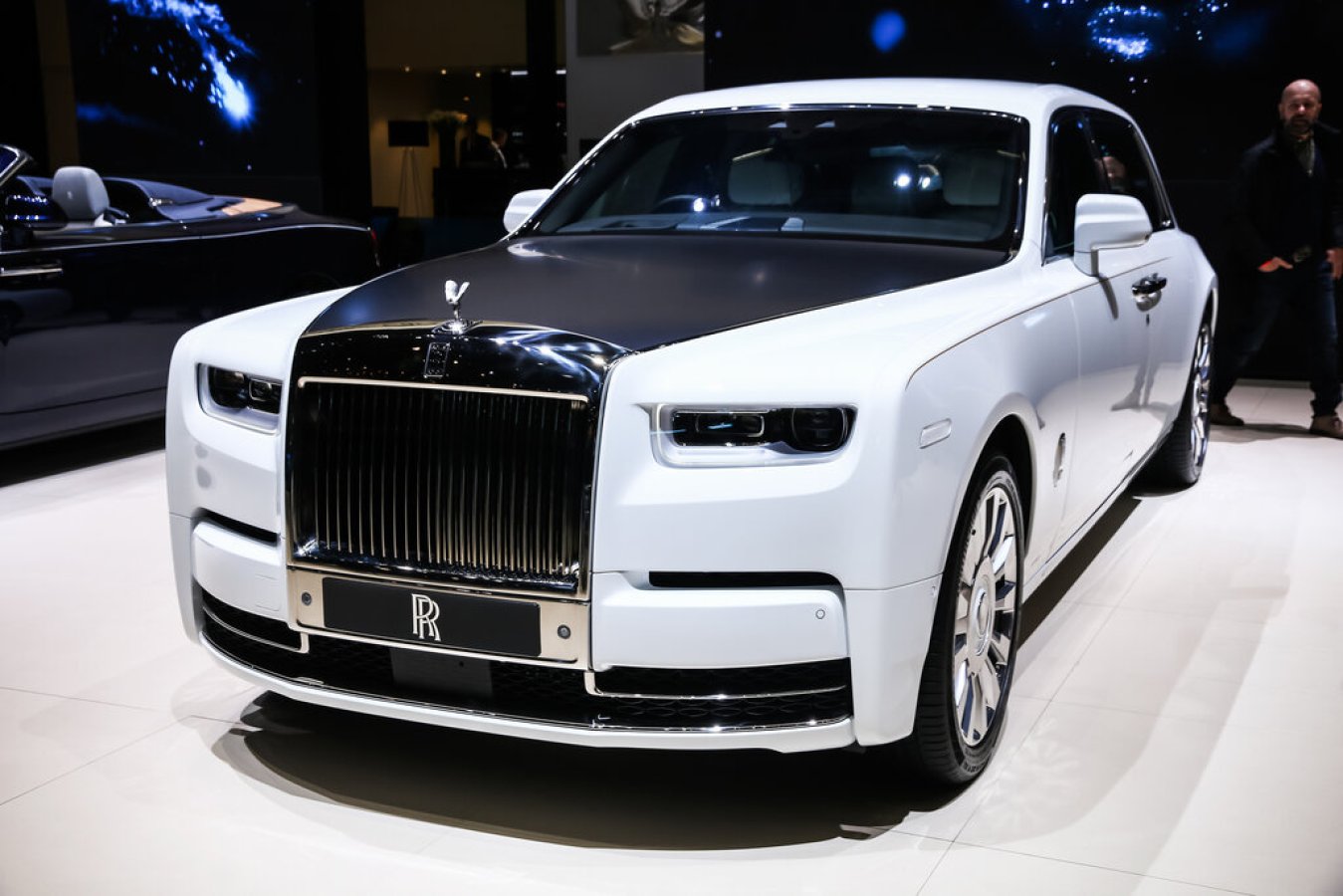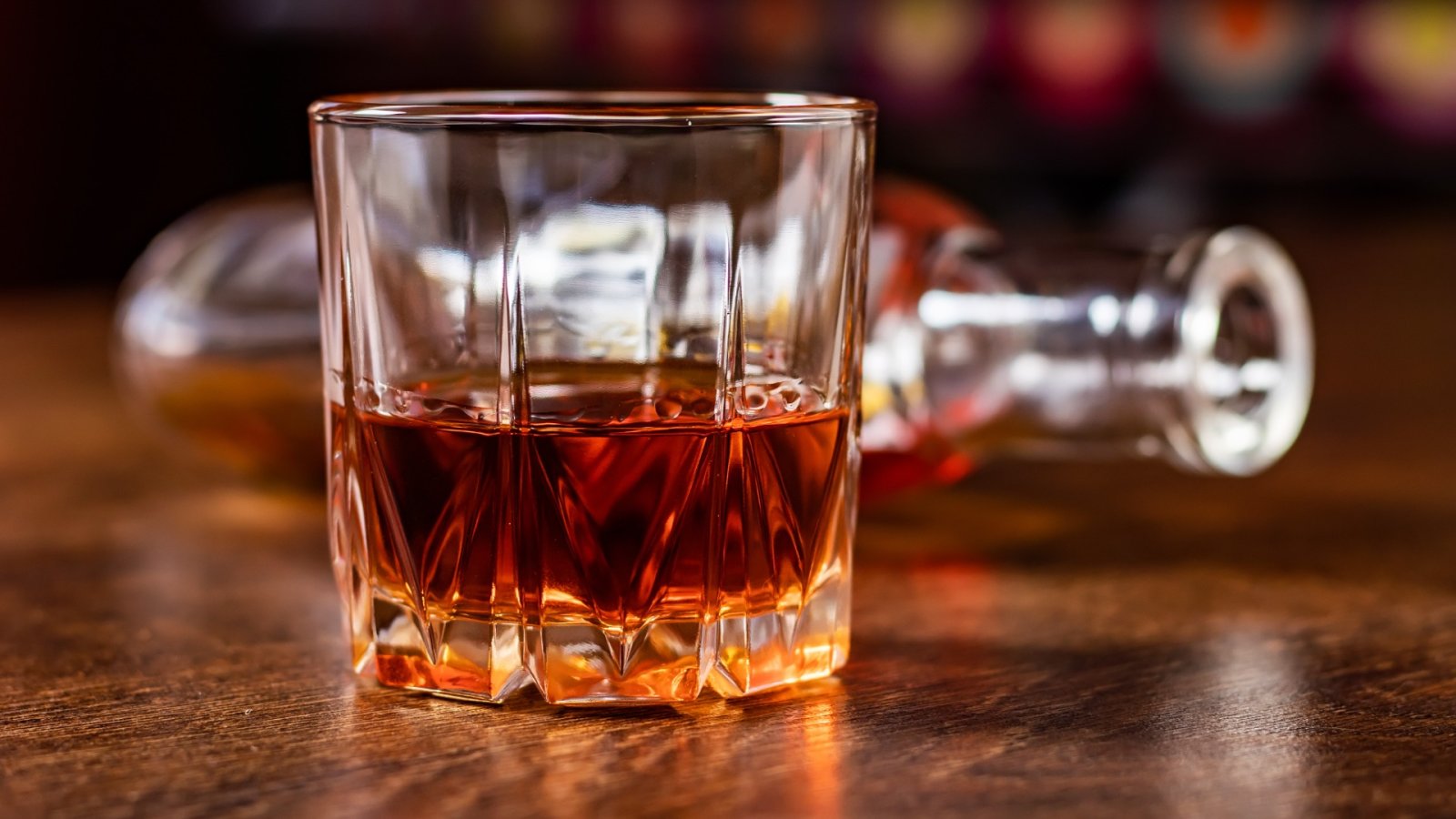Unlike whiskey, gin, or tequila, rum remains a bit enigmatic to those with only a simple grasp of the world of spirits. While we often encounter rum as a crucial element in a variety of cocktails and comprehend that it originates from some form of sugar, delving into its complexities reveals a vast empire to study. Navigating where to start in building our personal home bar can be a daunting task! To provide a solid foundation, we've created a short guide to better understand the world of rums.
But what is rum?
Regardless of regional standards or their absence, rum emerges through fermentation and distillation of sugar byproducts, often derived from sources like sugarcane, molasses, or sugarcane juice. If aging is involved, it typically takes place in oak barrels before the liquid is bottled at strengths exceeding 40% ABV. Unlike rigid government-enforced regulations, rum production adheres to loosely defined guidelines that vary from region to region.
Similar to the diversity found in wine, the characteristics of rum are shaped by geographical locations, influenced by both methods and the terroir unique to each region. These regions can generally be divided into three main categories, each with its own variations:
Spanish
Nations and islands once under Spanish rule predominantly use molasses as the base for their rums, giving rise to a majority of the world's light rum production. While Puerto Rico and Cuba are the most prominent examples, other locales such as the Dominican Republic, Venezuela, and the Philippines also contribute significantly. A noteworthy exception is the Canary Islands, producing darker rums from honey-flavored molasses, protected by geographical indications.
English
Islands like Jamaica and Barbados are renowned for their darker molasses-based rums, as well as overproof and spiced variations. In contrast, Guayana and its Demerara region boast some of the world's renowned brands from a single distillery, celebrated for their smoky undertones. These rums are robust and weighty compared to other styles, but distinctions persist from one site to another. Jamaican rums tend to be full-bodied, fruity, and intense, for example.
French
To capitalize on the surge in sugar prices during the early 19th century, sugar factories in the French Caribbean began fermenting sugarcane juice, yielding Rhum Agricole. Islands like Martinique, Guadeloupe, and Haiti specialize in Rhum Agricole, which showcases an earthy character resembling the cane itself. These rums must undergo a minimum of 3 months of aging as well.
The rum varieties
This type of rum doesn't benefit from extensive aging and it's also known as white rum. However, it can actually spend a minimum of 3 years maturing in oak barrels, with its transparent hue achieved through charcoal filtration. You will mostly find it - or can use it - in cocktails like mojitos and daiquiris. Light rum is very popular in Puerto Rico, offering a mellowness and a hint of sweetness combined with tropical fruit notes.
Aged typically between 3 and 5 years, gold rum takes on a richer hue owing to the attributes of the oak casks. Beware of artificially enhanced golden shades added to unaged light rum using caramel coloring! Authentic gold rum may not possess the potency of dark rum, but it attracts as a smooth sipping choice due to its medium-bodied nature and lovely flavor profile.
The bottle label usually discloses the age of dark rums, which spend more than 5 years in barrels and are ideal for savoring neat, boasting intricate flavors. Unless you're well-versed and a recipe specifically calls for it, you should not incorporate a dark rum into your cocktails.
It's often confused with dark rum. But it is different: black rum, or blackstrap rum, isn't related to its aging duration. Producers infuse molasses into the finished product, resulting in heightened sweetness and darkness. Black rum primarily finds its niche in crafting Dark & Stormy cocktails.
Finally, there are spiced rums. And although these might carry some stigma, their immense popularity speaks for itself, particularly credited to the British West Indies. Look beyond the mainstream options, as some craft distilleries and makers offer exceptional expressions and blends. Typically based on gold rum, spiced rum embodies cinnamon, clove, cardamom, and even rosemary, resulting in a balanced infusion of rich flavors.






